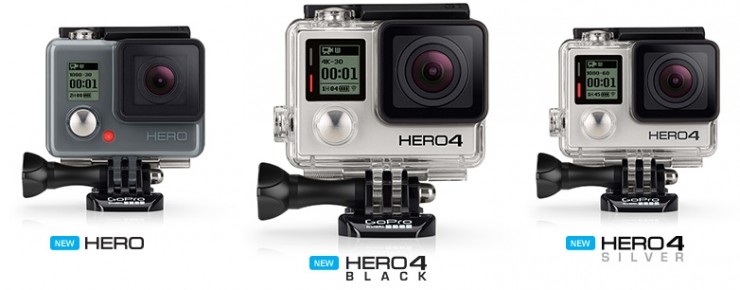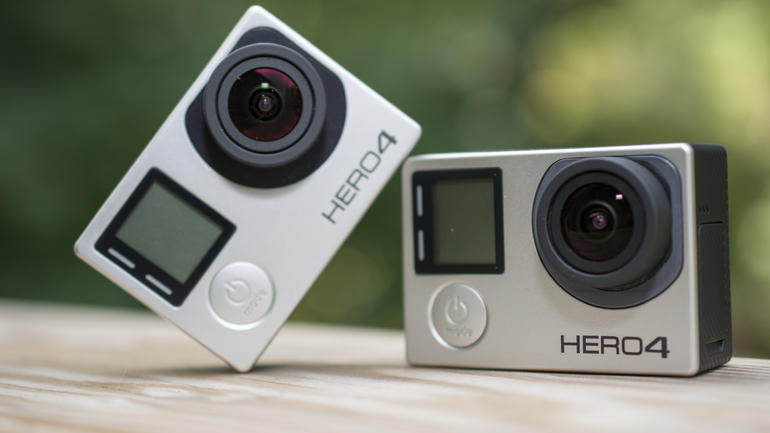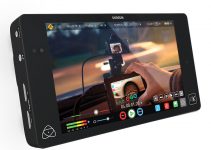There are many good reasons why GoPro is one of the most popular cameras in the world today, not only for the majority of extreme sports enthusiasts but also for many professional cinematographers and filmmakers as well. Throughout recent years, the nifty camera was used in many big Hollywood productions such as The Hobbit Part I, Transformers, Captain Phillips, Need For Speed and many others for capturing anything from impossible camera angles delivering to crash cams, providing coverage that can’t be attained in any other way.
Having the option to cut among various camera angles can make a big difference, and it’s paramount for any production. This is especially true for the action sequences where you simply need a ton of coverage to create a believable action scene that will immerse your audience like never before. This is where GoPros simply shine and can be an asset to any production. There are some basic tips one can utilize in order to get the best results when intercutting GoPro shots with the primary camera footage.

With the introduction of the latest GoPro Hero 4 series and the ability to record 4K video up to 30p (24p included), the seemless integration of GoPro footage with the one coming from the high-end cameras such as the Arri Alexa and Red Epic become a lot more easier than it used to be in the past. One of the main advantages is that you can quickly re-frame your GoPro shots by zooming in to find a tighter frame and get rid of the annoying and most of the time unwanted fish-eye effect. Thus, you still will have enough resolution to mix the GoPro shots with you main camera footage.
As a rule of thumb, you should avoid using the wide-angle option of the GoPro camera and utilize either a narrow or medium angle for better results. Furthermore, its essential to use the Protune mode of the camera as well. The options you have in this mode are still limited. However, they will give a certain level of control over the camera settings such as the white balance, ISO, sharpness, and exposure.
It’s a good practice to set the color to flat which will give you an image that can be matched to your cinema footage later in post-production. Yet, it’s not the perfect solution, but it will do the job in the end.

You can also apply additional effects to your footage to reduce the digital noise that the GoPros produce as they are indigent performers in low light situations. a good example for this is the Neat Video or the Dark Energy plugin by Cinnafilm. The latter was occasionally used by Shane Hurlbut for processing the GoPro footage in the Need For Speed movie.
Film Convert also will help you a lot as the software already provides GoPro presets that you can further optimise and adjust to your taste. It’s also a good practice to transcode the GoPro footage to either ProRes or DNxHD for more edit friendly workflow.
Naturally, GoPro has continued to raise the bar delivering better and more advanced cameras with every next generation. Being one of the best action cameras you can currently buy, it’s always worth to have a couple of GoPros in your kit just in case. Everything happens on set. Plus, you’ll never know when you might need one.
[via Premium Beat]
Disclaimer: As an Amazon Associate partner and participant in B&H and Adorama Affiliate programmes, we earn a small comission from each purchase made through the affiliate links listed above at no additional cost to you.




